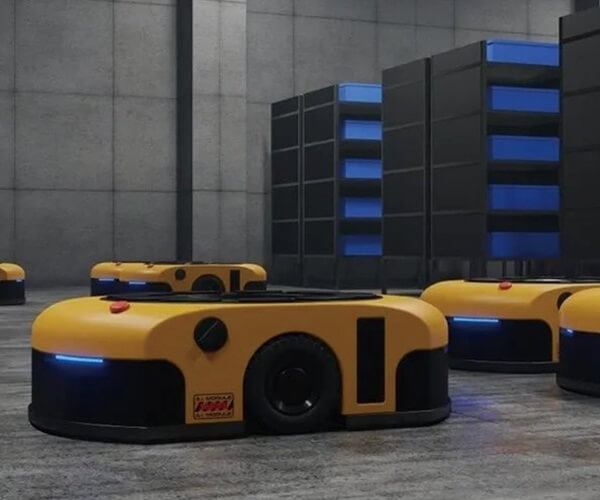Ever wondered what makes those precise, smooth robotic movements possible? The secret often lies in the heart of the machine—something as fundamental as a servo motor, with its intricate schematic diagram guiding every twist and turn. Think of it like the blueprint for a masterful dance routine—each connection, each circuit, carefully orchestrated to bring about flawless control.

Imagine your latest project, a robotics arm that needs to pick and place objects with surgical accuracy. The first step? Getting the schematic right. The diagram isn’t just a jumble of lines and symbols; it’s a map that shows how the motor’s gears, sensors, and controllers tie together. When you peek at one, you see power lines feeding in, signal circuits managing feedback, and integrated boards coordinating everything behind the scenes. That visual layout is what turns a simple motor into a precision instrument.
It’s fascinating—the way a schematic diagram brings clarity to complexity. Have you ever noticed how, in the diagram, you'd find connection points labeled “PWM input,” “feedback sensor,” or “power supply”? These details aren’t just technical jargon—they’re the pit stops for troubleshooting or customizing your setup. When a system isn’t performing right, understanding the diagram can pinpoint whether the issue is in the connections, the power load, or the feedback loop.
Getting into specifics—say you want to tune the motor for faster response times or smoother operation. The schematic guides adjustments. You can see how adding a capacitor or tweaking a resistor can reduce electrical noise or improve stability. It's like having a cheat sheet in your hands, a quick reference for modifications that make a real difference. With a clear diagram, experimenting becomes less of a gamble—it’s about knowing what’s connected and what’s not.
A lot of folks ask, “Isn’t the schematic just for professionals?” Honestly, that’s where the beauty lies—it's more accessible than you think. Even if you’re tinkering for fun or exploring new tech, understanding the schematic unlocks a new level of control. It’s like reading the language behind the motor—once you understand that, the machinery becomes less mysterious and more manageable.
And, let’s not forget the reliability aspect. When systems are designed with meticulous schematics, troubleshooting becomes faster. Imagine you're in the middle of a complex setup, and suddenly the motor stalls. With a good diagram, tracing back to the root cause isn’t a headache but an easy process—identify the signal path, check the connections, and you’re back on track.
Stepping away from theory, what's truly impressive about a well-designed schematic is how it influences performance and lifespan. Correct wiring reduces wear and tear, optimal signal routing prevents overheating, and knowing exactly how each part relates ensures your project stands the test of time. It's like giving your hardware a map to success.
All these details add up to one thing—the right schematic diagram is a game changer. Whether you're aiming for robotic perfection or just a more functional prototype, this blueprint is your best ally. It cuts out guesswork, enhances precision, and ultimately, makes your project shine brighter. When you see that clear diagram, you realize: the future of automation is right there, in perfect, organized harmony.
Established in 2005, Kpower has been dedicated to a professional compact motion unit manufacturer, headquartered in Dongguan, Guangdong Province, China. Leveraging innovations in modular drive technology, Kpower integrates high-performance motors, precision reducers, and multi-protocol control systems to provide efficient and customized smart drive system solutions. Kpower has delivered professional drive system solutions to over 500 enterprise clients globally with products covering various fields such as Smart Home Systems, Automatic Electronics, Robotics, Precision Agriculture, Drones, and Industrial Automation.




































